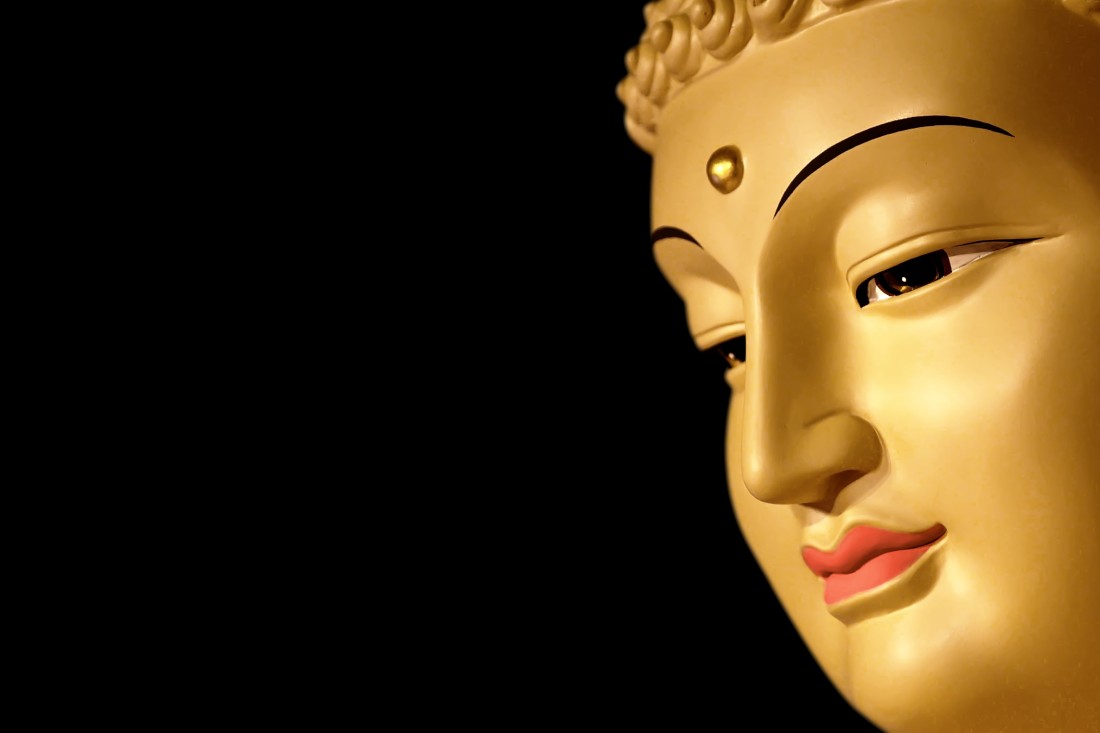Ashtavakra is a revered Vedic sage in Hinduism. His name literally means "eight bends", reflecting the eight physical handicaps he was born with. His maternal grandfather was the Vedic sage Aruni, his parents were both Vedic students at Aruni's school. Ashtavakra studied, became a sage and a celebrated character in the mythologies of the Hindu Epics and Puranas.
Little is known about the life or century in which Ashtavakra actually lived, except for the mythologies found in the major Indian Epics (the Ramayana and the Mahabharata) and the Puranas. In the Aranya Kanda of Ramayana, the demon Kabhanda narrates his story to Rama and Lakshmana, in which he says that he was a Gandharva earlier who was cursed by Ashtavakra to become a demon when he laughed on seeing him (Ashtavakra). When the Gandharva then bowed down to Ashtavakra, Ashtavakra said that he would be released from the curse by Rama in Treta Yuga.
In the Vana Parva of the Mahabharata, the legend of Aṣṭāvakra is described in greater detail. On losing the game of dice with the Kauravas, the five Pandava princes and Draupadi are exiled for twelve years. On their pilgrimage, they meet the sage Lomaśa, and he narrates to the Pāṇḍava princes the legend of Aṣṭāvakra, over three chapters of Vana Parva of the Mahābhārata.
Ashtavakra is an unconventional and a lesser known person who has played a major role in shaping our culture and history...
The Ashtavakra Gita is also one of the major texts which is written as a dialogue between Rishi Ashtavakra and Rajrishi Janaka..






